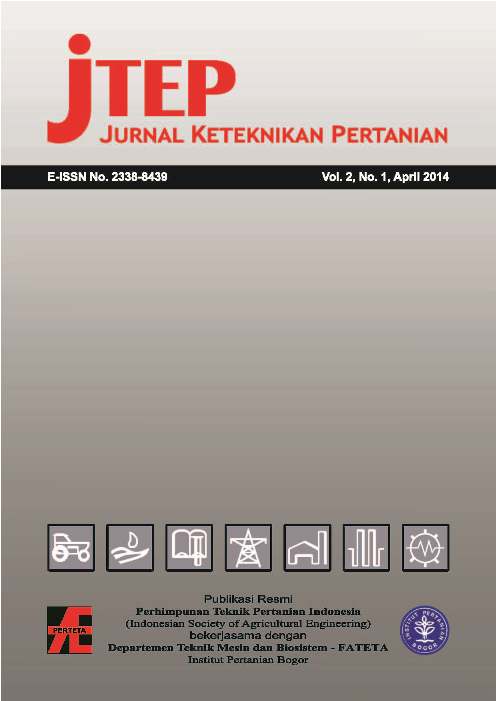Pembuatan Digital Elevation Model Resolusi 10m dari Peta RBI dan Survei GPS dengan Algoritma ANUDEM
Abstract
Abstract
This study proposes the generation of Digital Elevation Model (DEM) with spatial resolution of 10m x 10m by re-interpolation of elevation data. Data input for this study includes: (1) digitized datum coordinate from RBI map, (2) sample points surveyed by GPS, (3) digitized contour data fromSRTM DEM and ASTER GDEM2, and (4) digitized stream-network layer from RBI. All collected data were converted to mass point coordinats. On the top of Topogrid-ArcGIS, all points data were interpolated to produce DEM. After that the produced DEM were compared and evaluated to the SRTM and ASTER DEMvisually. The result shows that produced DEM are more accurate to represent the detailed topography of the study areas.
Key words: DEM 10m, GPS survey, Interpolation, SRTM-DEM, Aster-GDEM2.
Abstrak
Penelitian ini bertujuan untuk membuat DEM dengan ketelitian spasial 10m (ukuran pixel 10m x 10m) dengan cara re-interpolasi data ketinggian.Input data yang digunakan mencakup: (1) digitasi titik-titik
ketinggian dari peta RBI, (2) hasil survei melalui GPS, (3) data kontur yang diperoleh dari peta DEM SRTM dan Aster GDEM2, dan (4) layer jaringan sungai. Metodologi penelitian terdiri dari: (1) inventarisasi
data, (2) ekstraksi nilai ketinggian, (3) integrasi data ke dalam Topogrid–ArcGIS, (4) interpolasi DEM. Hasil interpolasi selanjutnya dievaluasi secara visual dan dibandingkan dengan DEM SRTM dan ASTER GDEM2. Hasil interpolasi menunjukkan DEM dengan resolusi spasial yang lebih detail (10 m x 10 m) dapat menggambarkan karakteristik topografi DAS lebih detail.
Kata kunci: DEM 10m, Survei GPS , Interpolation, SRTM-DEM, Aster-GDEM2
Diterima: 12 Desember 2013; Disetujui: 14 Maret 2014
Authors
Authors submitting manuscripts should understand and agree that copyright of manuscripts of the article shall be assigned/transferred to Jurnal Keteknikan Pertanian. This work is licensed under a Creative Commons Attribution-ShareAlike 4.0 International License (CC BY-SA) where Authors and Readers can copy and redistribute the material in any medium or format, as well as remix, transform, and build upon the material for any purpose, but they must give appropriate credit (cite to the article or content), provide a link to the license, and indicate if changes were made. If you remix, transform, or build upon the material, you must distribute your contributions under the same license as the original.

